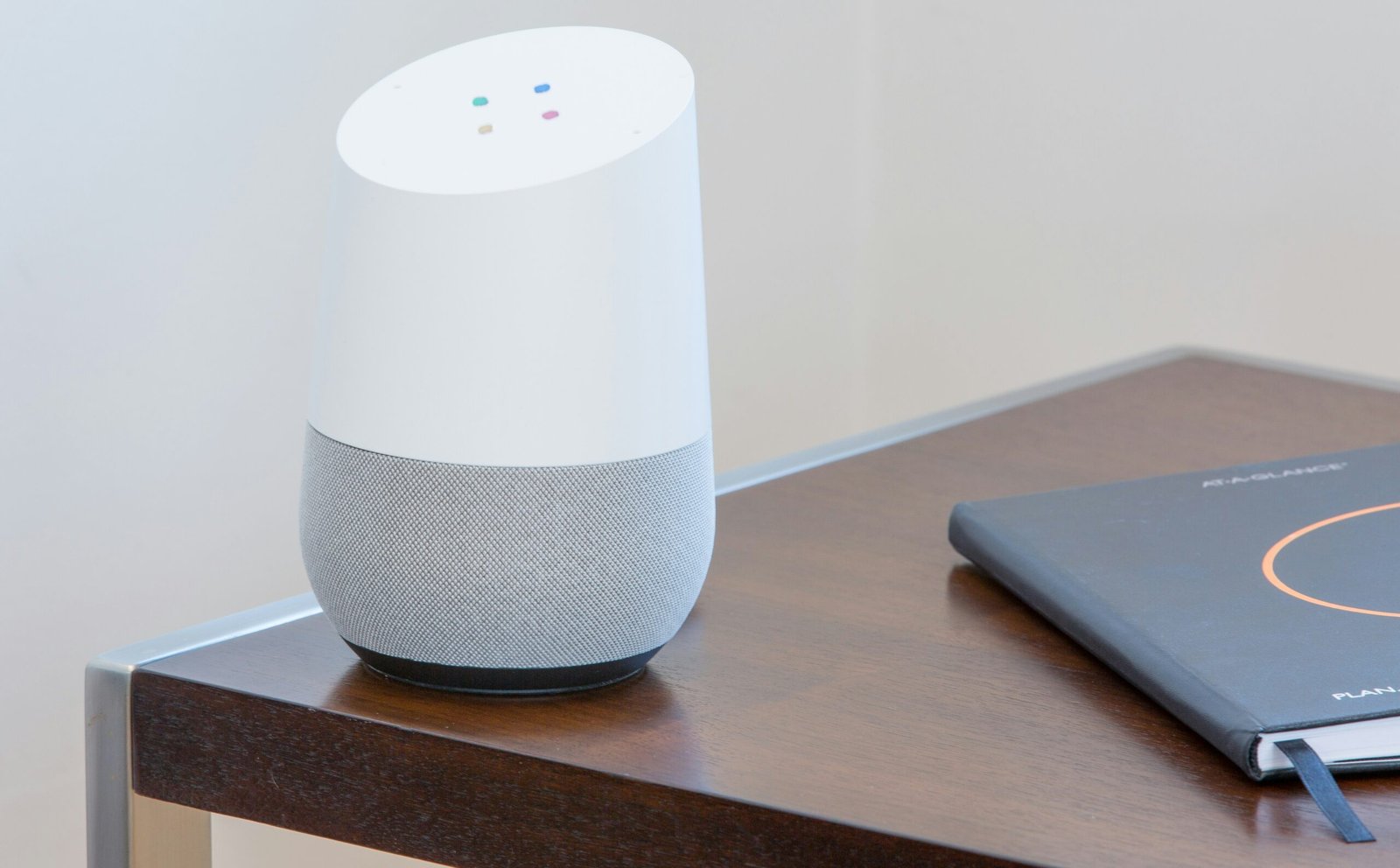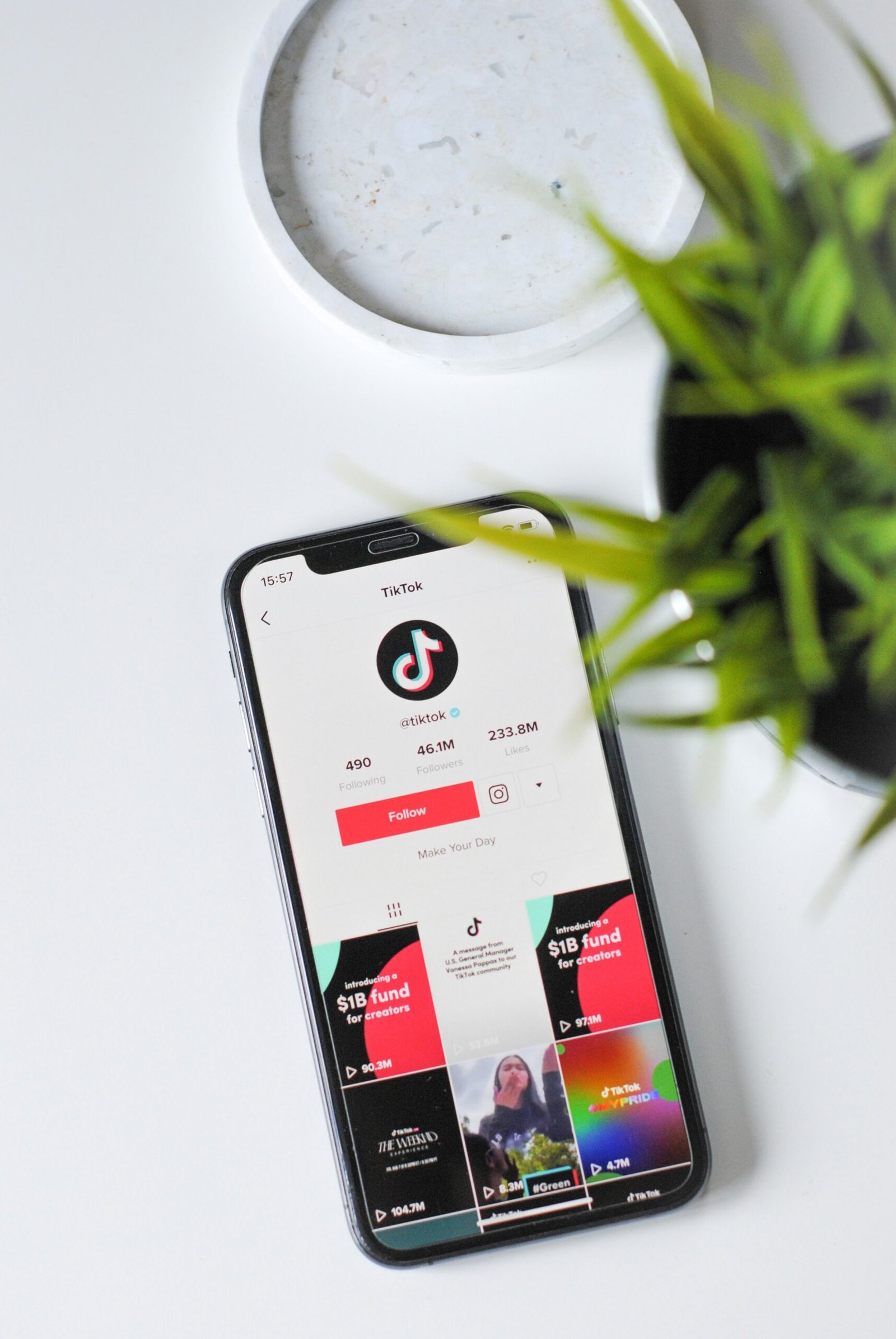In today’s digital landscape, user interface (UI) and user experience (UX) design play a crucial role in creating engaging and intuitive digital experiences. As technology continues to advance, one of the most significant developments in the field of UI/UX design is the integration of artificial intelligence (AI). AI-powered UI/UX has the potential to revolutionize the way we interact with digital platforms and enhance user experiences in ways we never thought possible.
AI brings a new level of intelligence and personalization to UI/UX design. By analyzing vast amounts of data and learning from user behavior patterns, AI algorithms can make intelligent design decisions that cater to the unique needs and preferences of individual users. This level of personalization allows for a more tailored and engaging user experience, leading to increased user satisfaction and loyalty.
One of the key benefits of AI-powered UI/UX is its ability to automate repetitive tasks and streamline user interactions. By leveraging AI technologies such as natural language processing and machine learning, UI/UX designers can create interfaces that are intuitive and easy to navigate. For example, chatbots powered by AI can provide instant and accurate responses to user queries, eliminating the need for users to search for information manually.
AI also enables UI/UX designers to gain valuable insights into user behavior and preferences. By analyzing user data, AI algorithms can identify patterns and trends, allowing designers to make data-driven decisions to optimize the user experience. This data-driven approach ensures that UI/UX designs are based on real user needs and preferences, resulting in more effective and engaging digital experiences.
Another area where AI is transforming UI/UX design is in the realm of personalization. AI algorithms can analyze user data to create personalized recommendations and content based on individual preferences. This level of personalization not only enhances the user experience but also increases user engagement and conversion rates. For example, e-commerce platforms can use AI to recommend products based on a user’s browsing and purchase history, increasing the likelihood of a successful sale.
AI-powered UI/UX also has the potential to improve accessibility for users with disabilities. By leveraging AI technologies such as computer vision and speech recognition, designers can create interfaces that are more inclusive and accessible to a wider range of users. For example, AI-powered image recognition can help visually impaired users navigate and interact with digital interfaces more effectively.
As AI continues to advance, the future of UI/UX design looks promising. AI-driven design trends such as voice user interfaces, augmented reality, and virtual reality have the potential to redefine the way we interact with digital platforms. These technologies can create immersive and intuitive experiences that blur the line between the physical and digital worlds.
In conclusion, AI-powered UI/UX design is transforming digital experiences by bringing intelligence, personalization, and automation to the forefront. By leveraging AI technologies, designers can create interfaces that are intuitive, engaging, and tailored to the unique needs of individual users. As AI continues to advance, the possibilities for AI-powered UI/UX design are endless, and the future of digital experiences looks brighter than ever before.












Leave a Reply